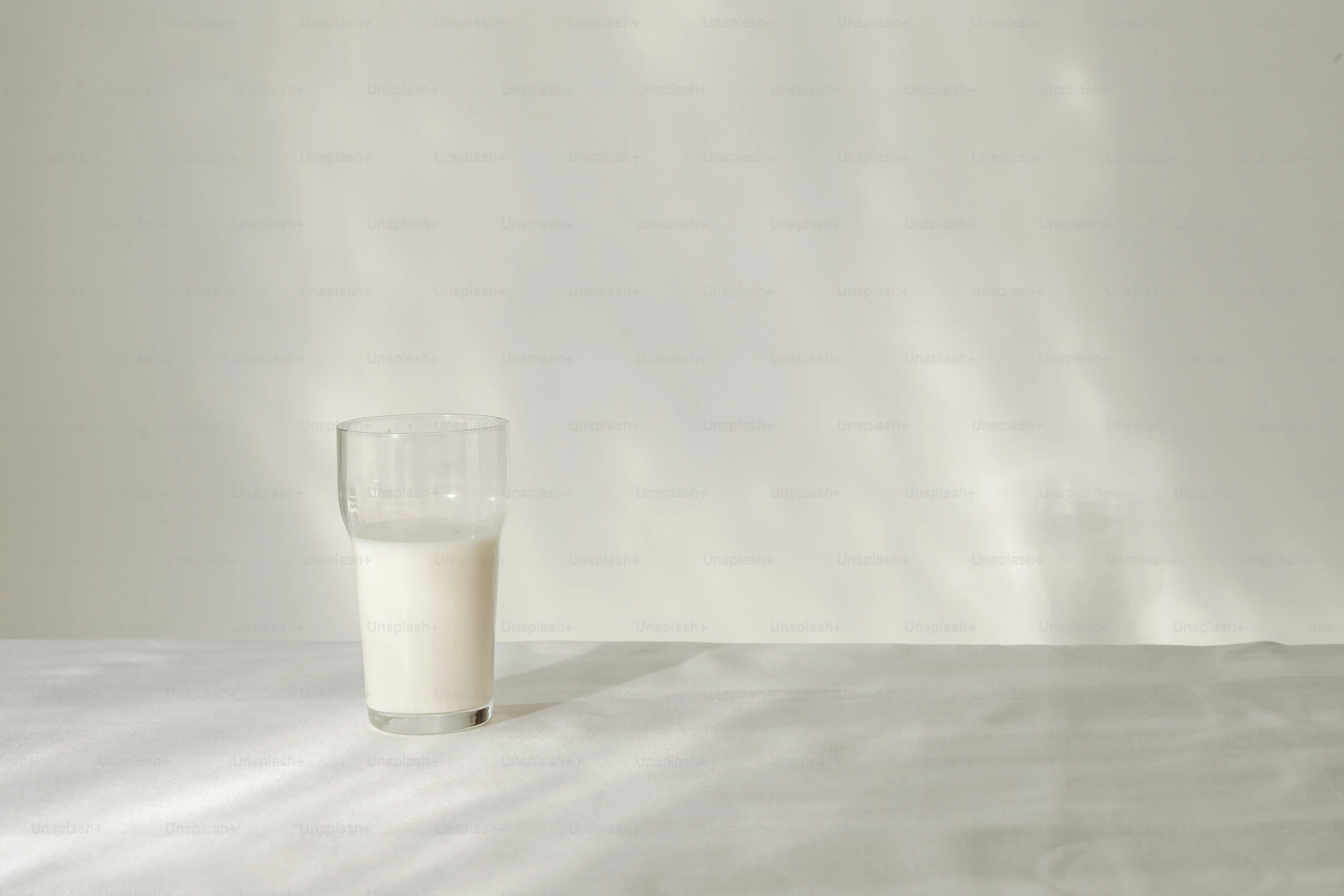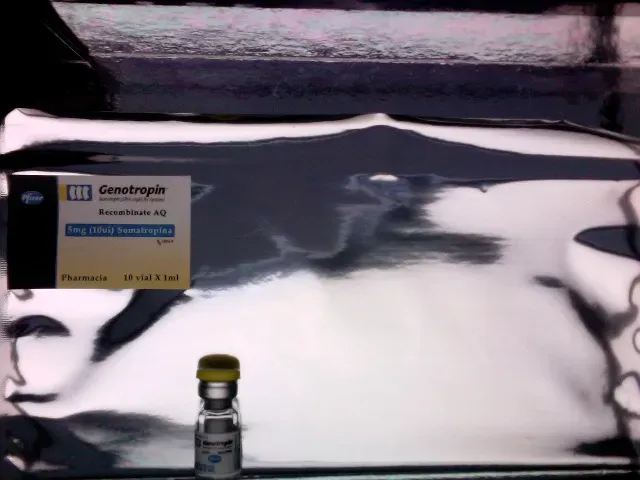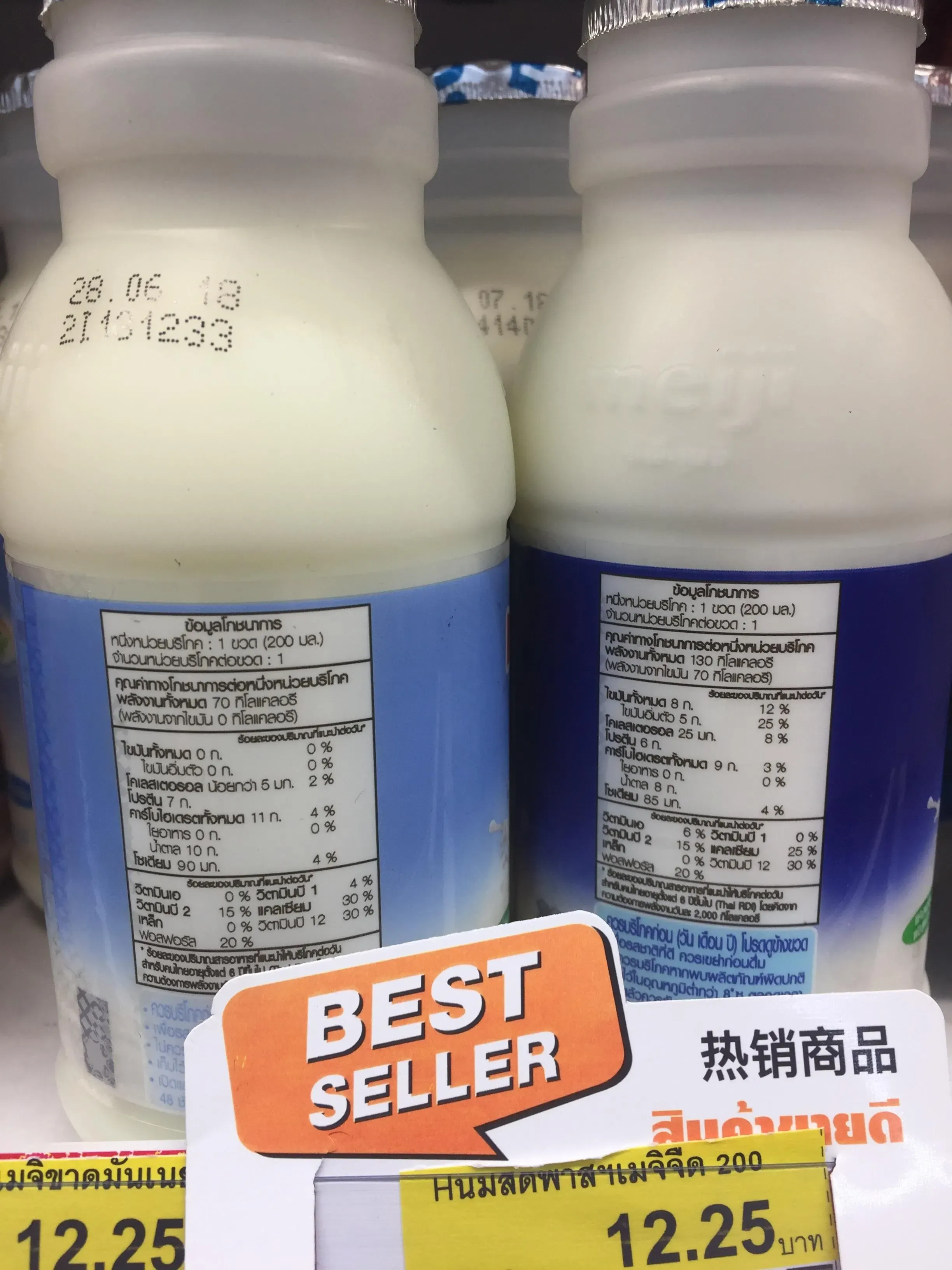Table of Contents
Walk down the dairy aisle and you'll hear the whispers. A persistent notion floats around: that low fat milk has more sugar than its full-fat counterpart. It sounds logical, right? You take something out (fat), so maybe they add something back in (sugar) to make it taste better or maintain volume. But is this really the case? Does swapping your whole milk for skim or 2% mean you're secretly loading up on extra sugar? This common belief has many people second-guessing their choices at the grocery store, wondering if they're trading one concern (fat) for another (sugar). Before you ditch the reduced-fat options entirely based on this rumor, let's pour out the facts. We're diving into what makes milk sweet, comparing the sugar levels across different types, and uncovering why this idea that low fat milk has more sugar sticks around. Get ready to look at your milk carton with a bit more clarity and maybe a touch less suspicion.
Does Low Fat Milk Have More Sugar? Debunking the Common Myth
The Persistent Whisper in the Dairy Aisle
You've heard it, haven't you? That little voice or maybe a friend at the gym insisting that when you reach for the skim or 2% milk, you're actually getting a secret dose of extra sugar. The idea that low fat milk has more sugar than whole milk is surprisingly widespread. It’s often presented as a nutritional gotcha – a way the food industry supposedly tricks you into consuming unhealthy amounts of sweetness under the guise of health. This notion taps into a general distrust of processed foods and a belief that removing something natural (fat) must mean adding something artificial or undesirable (sugar) to compensate. But let's pump the brakes on that assumption right now.
Straight Facts on Milk Sugar Content
Here’s the blunt truth: regular milk, regardless of fat content – whether it's whole, 2%, 1%, or skim – contains roughly the same amount of natural sugar. This sugar isn't added; it's called lactose, and it's naturally present in milk. An 8-ounce serving of any plain cow's milk typically contains about 12 grams of lactose. When milk producers remove fat to create lower-fat versions, they aren't dumping bags of sugar into the vat to make up for it. The lactose remains. The volume of liquid might slightly decrease when fat is skimmed off, concentrating everything else minimally, but it's not a significant increase in sugar per serving.
- Whole Milk (approx. 3.25% fat): ~12g sugar per 8 oz
- Reduced Fat Milk (2% fat): ~12g sugar per 8 oz
- Low Fat Milk (1% fat): ~12g sugar per 8 oz
- Skim Milk (0% fat): ~12g sugar per 8 oz
Why the Myth About Low Fat Milk and More Sugar Persists
So, if the numbers are clear and plain low-fat milk has no significant extra sugar, why does this myth endure? Part of it might stem from confusion with flavored milks. Chocolate or strawberry milk, regardless of fat level, *does* have added sugar, often doubling the total sugar content per serving compared to plain milk. People might conflate the flavored versions with the plain ones. Another factor could be the slightly less rich taste of lower-fat milk; some assume sugar must be added to improve palatability, which simply isn't standard practice for plain milk. It’s a simple case of misinformation spreading faster than facts, leading people to believe low fat milk has more sugar when the data says otherwise.
Understanding Milk's Natural Sweetness: Lactose Explained

Understanding Milk's Natural Sweetness: Lactose Explained
Meet Lactose: Milk's Built-In Sweetener
so if plain low-fat milk doesn't have sugar dumped into it, what *is* that sugar taste you pick up? That's lactose, my friend. Think of it as milk's original sweetener, designed by nature. Lactose is a disaccharide, a fancy way of saying it's a sugar made of two smaller sugar molecules bonded together: glucose and galactose. It's naturally present in the milk of mammals – yes, human breast milk has lactose too, though the amount varies. When you drink milk, enzymes in your gut (if you have enough of them) break down the lactose into these simpler sugars, which your body then absorbs for energy. It's not some mysterious additive; it's just part of the package.
Unlike the high-fructose corn syrup or sucrose added to soda or candy, lactose is tied up with all the other good stuff in milk – protein, calcium, vitamins. It provides calories, sure, like any carbohydrate, but it’s not just empty sweetness. It’s fuel that comes bundled with a whole bunch of essential nutrients. So, when you see "sugar" on a milk carton's nutrition label for plain milk, you're mostly looking at lactose.
Component | Approximate Amount (per 8 oz) |
|---|---|
Water | ~87% |
Lactose (Natural Sugar) | ~12 grams |
Protein | ~8 grams |
Fat | Varies by type (0-8 grams) |
Vitamins & Minerals | Significant amounts (Calcium, Vitamin D, B12, etc.) |
Comparing the Sugar Content: Low Fat Milk vs. Whole Milk
The Real Numbers Don't Lie
let's get down to brass tacks. You're standing there, carton in hand, wondering if picking up that 1% or skim milk means you're getting a sugar bomb compared to whole milk. The short answer? No. Despite the persistent chatter that low fat milk has more sugar, the actual numbers tell a different story. An 8-ounce glass of plain whole milk contains roughly 12 grams of sugar. Now, look at the carton of 2%, 1%, or even skim milk. Surprise! They also contain, on average, around 12 grams of sugar per 8-ounce serving. This sugar is almost entirely lactose, the natural sugar found in milk.
When milk processors skim off the fat, they aren't scooping in granulated sugar to compensate. The liquid volume decreases slightly, concentrating the remaining components, including lactose, ever so slightly. But this difference is negligible in a standard serving and doesn't justify the claim that low fat milk *has more* sugar in any meaningful way. It's the same natural sweetness package, just with less fat along for the ride.
Type of Plain Milk | Approximate Sugar (Lactose) per 8 oz |
|---|---|
Whole Milk | ~12 grams |
Reduced Fat (2%) | ~12 grams |
Low Fat (1%) | ~12 grams |
Skim (Nonfat) | ~12 grams |
Beyond the Fat: Focusing on Natural Lactose
So, if the sugar content is practically identical, why the confusion? Perhaps it's the taste. Fat contributes to richness and body. When you remove fat, the milk can taste thinner, less creamy. Some people might mistakenly equate this lack of richness with a need for added sweetness, assuming sugar must be present to improve the flavor. But that's just not how plain milk is processed. The sugar you're tasting is the inherent lactose, present from the cow, not poured from a bag on the factory floor.
Thinking that low fat milk has more sugar often distracts from what's actually in the carton. Focus on the nutrition label for "Total Sugars" and, more importantly, "Added Sugars." For plain milk, the "Added Sugars" line should show zero. Any sugar listed under "Total Sugars" is overwhelmingly the natural lactose. This is a crucial distinction, especially when comparing plain milk to flavored varieties, where the added sugar content can be significantly higher, regardless of the fat level.
Why the Persistent Belief That Low Fat Milk Has More Sugar?

Why the Persistent Belief That Low Fat Milk Has More Sugar?
Mixing Up Plain and Flavored Milk
so we've established that plain low-fat milk doesn't magically gain extra sugar when the fat is removed. So why does everyone and their uncle seem to think low fat milk has more sugar? A big piece of the puzzle is likely the flavored stuff. Think chocolate milk, strawberry milk, heck, even that weird birthday cake flavor some brands peddle. These absolutely *do* have significant amounts of added sugar. An 8-ounce serving of chocolate milk can easily have double the sugar of plain milk, jumping from around 12 grams (natural lactose) to 24 grams or more, thanks to added sweeteners. People see "low fat chocolate milk" and assume the "low fat" part inherently means higher sugar, conflating the fat level of plain milk with the added sugar of flavored milk. It's like blaming a plain bagel for the sugar content of a glazed donut just because they both came from the same bakery aisle.
Taste Perception and General Skepticism
Another reason this myth that low fat milk has more sugar hangs around might be simpler: taste. Fat carries flavor and provides a richer mouthfeel. When you strip away fat, milk can taste thinner, less satisfying to some palates. It's easy to jump to the conclusion that if it doesn't taste as rich, something else must have been added to make it palatable – and sugar is often the go-to suspect. Plus, let's be real, there's a healthy dose of skepticism about the food industry. We've seen enough "low fat" products loaded with sugar or other questionable ingredients over the years that people are naturally wary. This general distrust gets applied to milk, even when the facts don't support it. The idea that low fat milk has more sugar fits neatly into a narrative of companies pulling a fast one on consumers.
Reasons the "Low Fat Milk Has More Sugar" Myth Persists:
- Confusion with flavored milks (which *do* have added sugar).
- Assumption that sugar is added to compensate for lost flavor/texture from fat removal.
- General skepticism and distrust of "low fat" processed foods.
- Misinterpretation of nutrition labels, especially the "Total Sugars" line.
- Word-of-mouth misinformation spreading unchecked.
Making Informed Choices: Reading Milk Labels and Nutritional Facts

Making Informed Choices: Reading Milk Labels and Nutritional Facts
Decode the Nutrition Facts Panel
Alright, so you've heard the chatter, you've seen the numbers, and now you know that the idea low fat milk has more sugar than whole milk is largely a myth when we're talking plain milk. But how do you *really* know what's in your carton every single time? The answer is simple, and frankly, it should be your first stop for any food or drink: the Nutrition Facts panel. This little box of numbers is the absolute authority, cutting through all the rumors and marketing spin. It tells you exactly what you're getting – calories, fat, protein, and yes, sugar.
Don't just glance at the front of the carton with its flashy claims. Flip it around. Find that grid. It's standardized, it's regulated, and it's there to empower you. Knowing how to read it is your superpower in the grocery aisle, especially when navigating persistent falsehoods like the one about low fat milk having more sugar.
Total Sugars vs. Added Sugars: The Critical Difference
This is where things get really clear, especially regarding the "low fat milk has more sugar" confusion. On the Nutrition Facts panel, you'll see a line for "Total Sugars." For plain milk, this number (around 12 grams per 8 oz) represents the naturally occurring lactose. It's not something added during processing. Below "Total Sugars," you'll find "Added Sugars." This line tells you how much sugar has been *added* to the product by the manufacturer. For plain milk, regardless of fat content (whole, 2%, 1%, skim), this number should be zero.
If you pick up a flavored milk, however, the "Added Sugars" line will show a number. This is the extra sugar – the sucrose, corn syrup, or other sweeteners – that turns plain milk into a treat. This is the key distinction that trips people up. The sugar in plain milk is natural; the extra sugar in flavored milk is added. So, when you hear someone claim low fat milk has more sugar, ask them if they mean plain or flavored. The label clarifies everything.
- Look for the "Nutrition Facts" box.
- Find "Total Sugars" - this includes natural lactose.
- Find "Added Sugars" - this is sugar put *into* the milk.
- For plain milk (any fat level), "Added Sugars" should be 0g.
- Flavored milks will show a number under "Added Sugars."
Making Your Milk Choice Stick to the Facts
Armed with the ability to read the label, you can now confidently choose your milk based on your actual dietary goals, not on unfounded fears that low fat milk has more sugar. If you're watching your fat intake, skim or 1% might be a good choice for you. If you prefer the taste and mouthfeel of whole milk and your overall diet allows for the extra fat, that's fine too. The sugar content difference in plain milk is negligible. The real decision point, sugar-wise, comes when you consider flavored options.
If you or your kids love chocolate milk, the label will show you exactly how much added sugar you're consuming. You can then decide if that fits into your daily added sugar limit (which, for most adults, is recommended to be less than 50 grams per day). Don't let the myth that low fat milk has more sugar steer you away from a perfectly good source of protein, calcium, and vitamins just because of a sugar rumor that doesn't hold up when you actually read the facts printed on the carton.
The Final Sip: Separating Milk Fact from Fiction
So, let's put the carton down and look at the facts one last time. The idea that low fat milk has more sugar than whole milk simply doesn't hold up. The natural sugar in plain milk across all fat levels is essentially the same – about 12 grams of lactose per serving. The variation comes in flavored milks, where added sugars boost the total count significantly. The confusion likely stems from a misunderstanding of natural milk sugars versus added sweetness. Choosing lower-fat milk options means you're reducing fat and calories, not increasing natural sugar. Read the nutrition label, understand the difference between total sugars and added sugars, and make your choice based on your overall dietary needs, not on this particular dairy myth.
